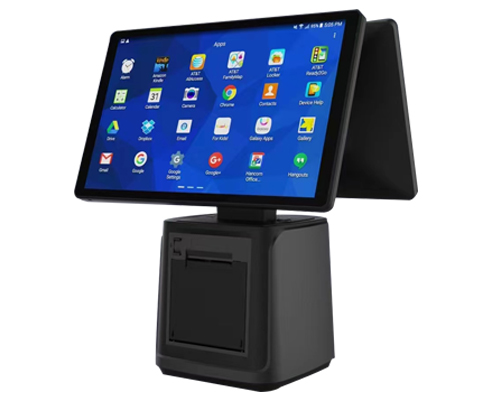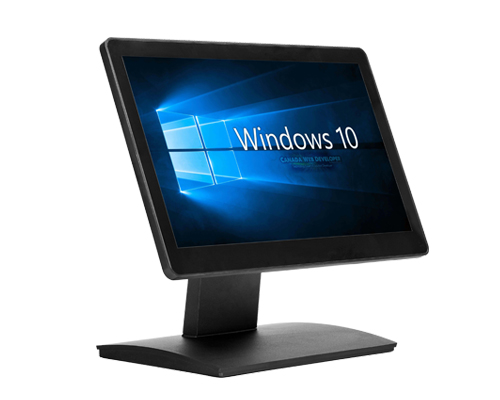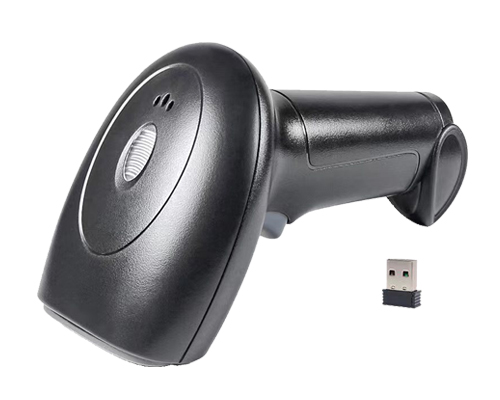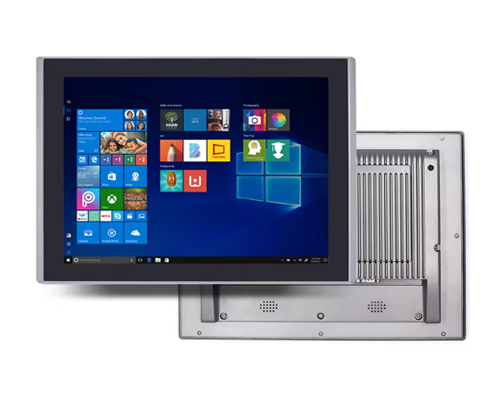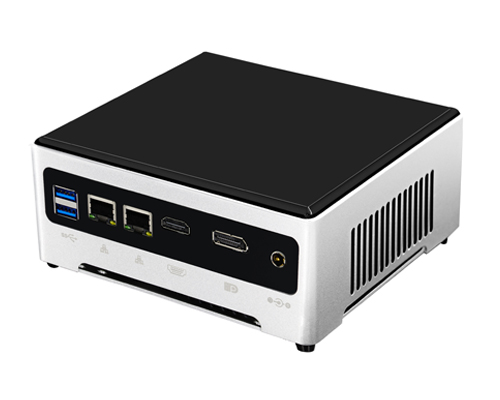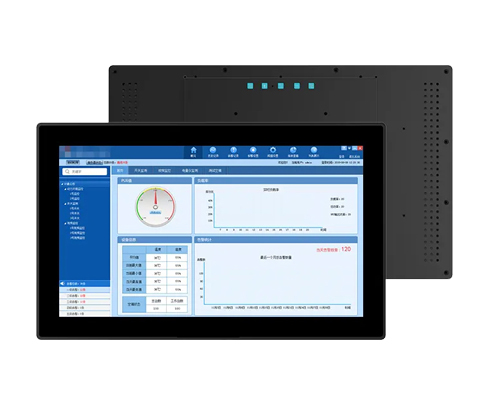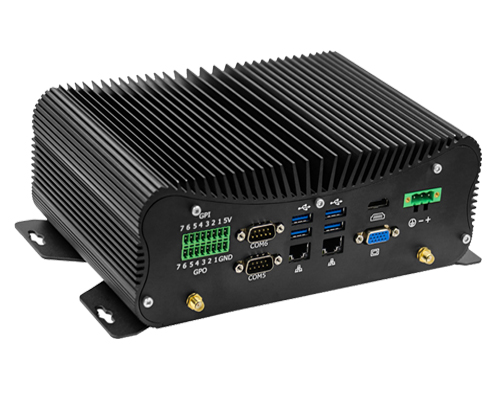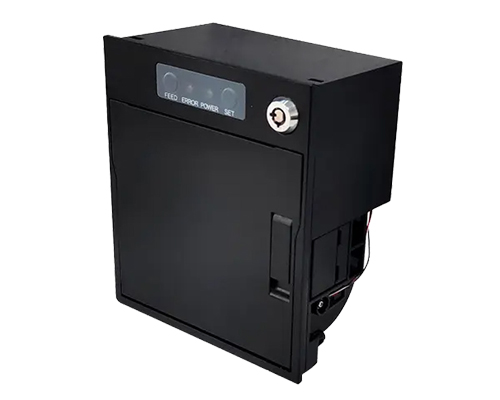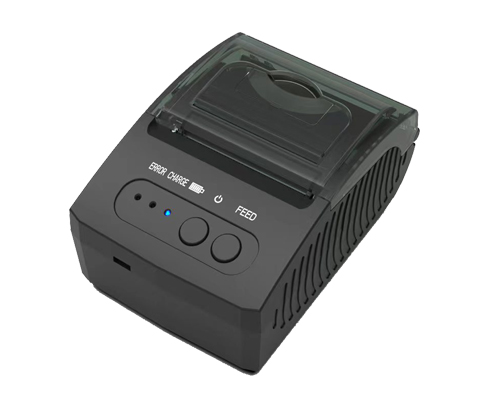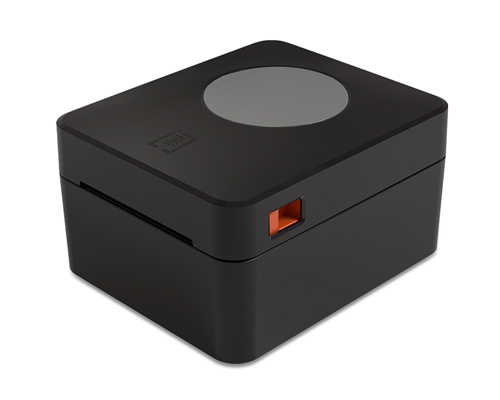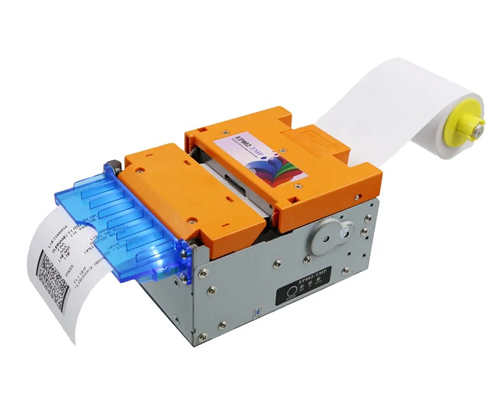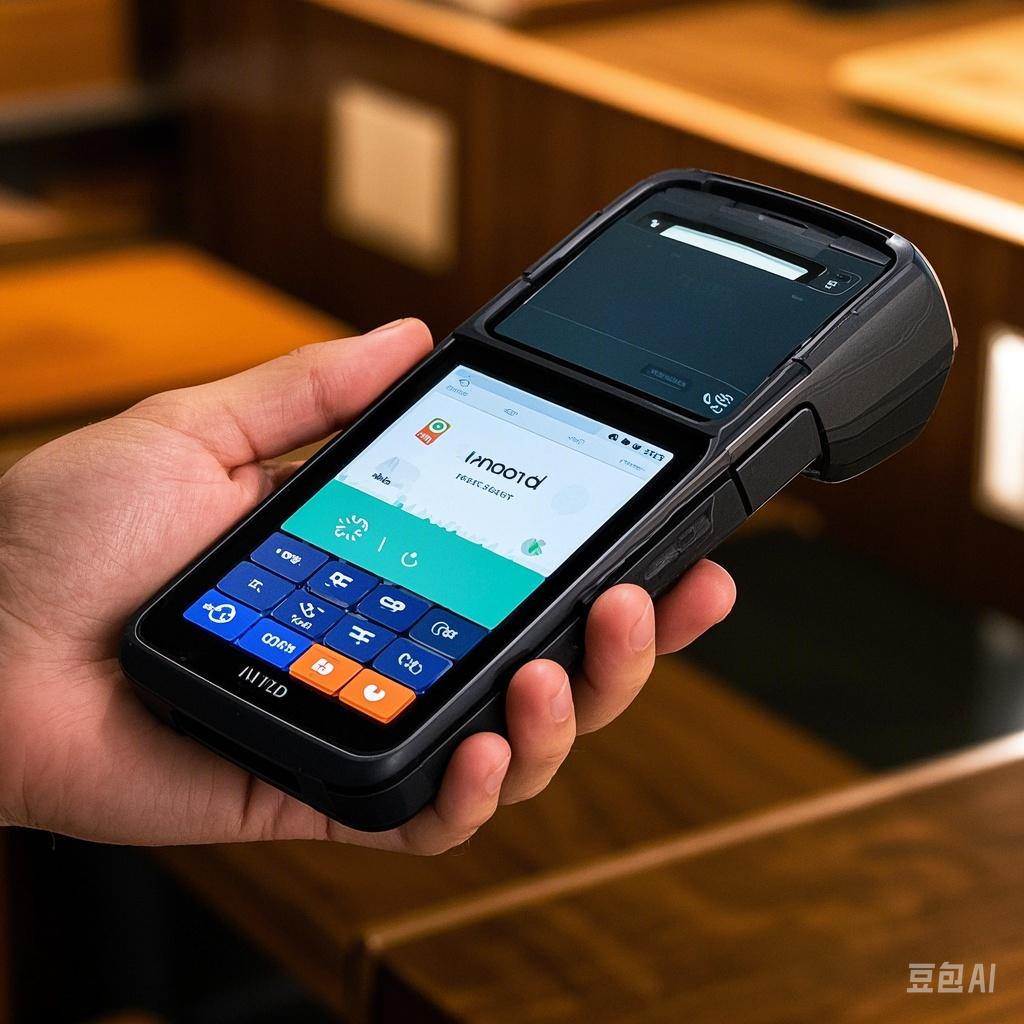The restaurant industry is constantly evolving, with technology playing a pivotal role in shaping how businesses operate and serve their customers. Among the most impactful innovations is the handheld POS (Point of Sale) system. These portable devices are no longer just a convenience—they are a necessity for restaurants aiming to streamline operations, improve customer satisfaction, and stay competitive. Let’s explore the key use cases of handheld POS systems in the restaurant industry and how they are transforming the dining experience.
1. Tableside Ordering: Speed and Accuracy
One of the most significant advantages of handheld POS systems is the ability to take orders directly at the table. Servers can input orders into the system in real time, reducing the risk of miscommunication or errors that often occur with traditional pen-and-paper methods. Orders are sent instantly to the kitchen, speeding up food preparation and reducing wait times. This seamless process not only improves operational efficiency but also enhances the customer experience by ensuring accuracy and prompt service.
2. Faster Payment Processing
Long waits for the bill can frustrate customers and slow down table turnover. Handheld POS systems allow servers to process payments tableside, eliminating the need for customers to wait for a printed check or stand in line at a counter. With support for credit cards, mobile wallets, and contactless payments, these devices cater to modern payment preferences, making the checkout process quick, secure, and convenient.
3. Split Bills Made Easy
Splitting bills among groups can be a time-consuming and awkward process for both servers and customers. Handheld POS systems simplify this task by allowing servers to divide the bill by item, percentage, or equal shares with just a few taps. This feature is especially useful in casual dining or group settings, where multiple payment methods are often required. By streamlining this process, restaurants can improve customer satisfaction and reduce friction during the payment process.
4. Real-Time Menu Updates
Restaurants frequently update their menus to reflect seasonal offerings, daily specials, or inventory changes. Handheld POS systems sync with the restaurant’s central database to display real-time menu updates. This ensures that servers always have access to accurate information, reducing the likelihood of ordering unavailable items and improving order accuracy. It also allows restaurants to promote high-margin or seasonal items effectively.
5. Enhanced Customer Engagement
With handheld POS systems, servers can spend more time interacting with customers rather than shuttling between tables and a stationary terminal. They can answer questions, provide personalized recommendations, and upsell menu items directly at the table. This level of engagement not only improves the dining experience but also increases the likelihood of higher sales and repeat business.
6. Contactless Dining Solutions
In the post-pandemic era, contactless dining has become a priority for many customers. Handheld POS systems enable restaurants to offer contactless menus, ordering, and payment options. Customers can view digital menus on their smartphones, place orders via QR codes, and pay without physical contact with servers or devices. This not only enhances safety but also aligns with modern consumer preferences for convenience and hygiene.
7. Efficient Table Management
Handheld POS systems often integrate with table management software, allowing staff to track table statuses in real time. Servers can see which tables are occupied, which are ready for seating, and which need attention. This improves workflow efficiency, reduces wait times, and ensures a smoother dining experience for customers. For managers, it provides valuable insights into table turnover rates and server performance.
8. Outdoor and Event Dining
For restaurants with outdoor seating or those catering to events, handheld POS systems are a game-changer. Servers can take orders and process payments anywhere, whether on a patio, at a food truck, or during a catering event. This flexibility ensures that customers receive the same level of service, regardless of the dining environment.
9. Data-Driven Insights
Handheld POS systems provide valuable data on customer preferences, popular menu items, and peak dining times. Restaurants can use this information to optimize their menus, adjust staffing levels, and create targeted marketing campaigns. By leveraging data-driven insights, restaurants can make informed decisions that drive growth and improve operational efficiency.
10. Improved Staff Productivity
Handheld POS systems reduce the time servers spend walking back and forth to a stationary terminal, allowing them to focus more on customer service. This increased productivity translates to faster service, happier customers, and higher table turnover rates. Additionally, these devices often feature intuitive interfaces, making them easy for staff to learn and use.
Conclusion
Handheld POS systems are revolutionizing the restaurant industry by addressing key pain points such as long wait times, order inaccuracies, and inefficient payment processes. From tableside ordering and contactless dining to real-time menu updates and data-driven insights, these devices offer a wide range of benefits that help restaurants operate more efficiently and deliver exceptional customer experiences.
By adopting handheld POS technology, restaurants can stay ahead of the competition, meet evolving customer expectations, and create a dining experience that keeps guests coming back. Ready to transform your restaurant operations? Explore the possibilities of handheld POS systems today and take your business to the next level!
Keywords: handheld POS, restaurant POS, tableside ordering, contactless dining, restaurant technology, POS systems, restaurant efficiency, customer experience.

